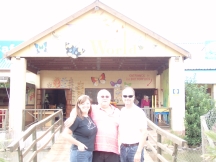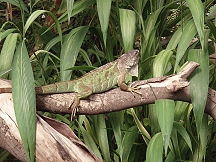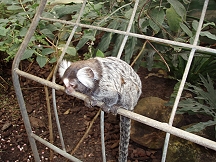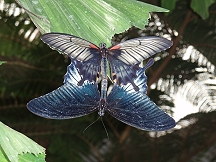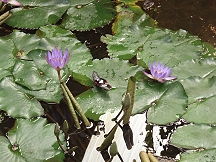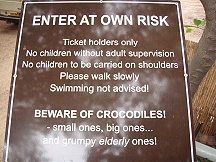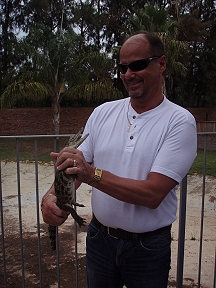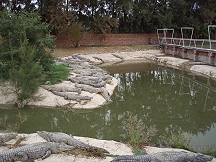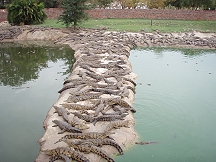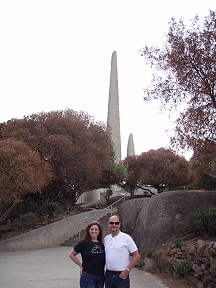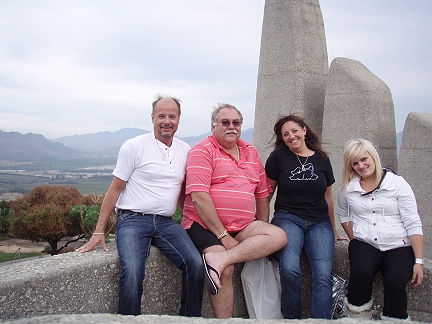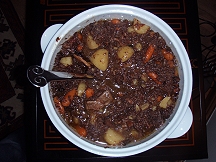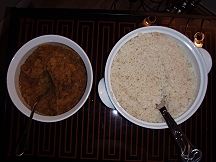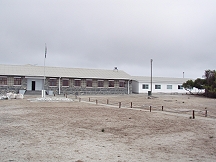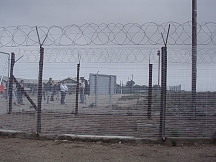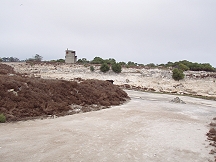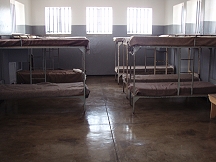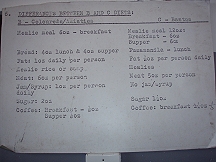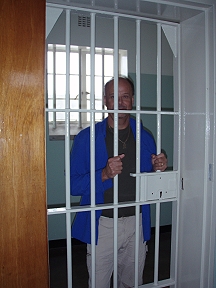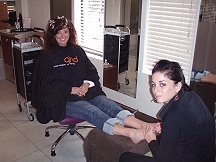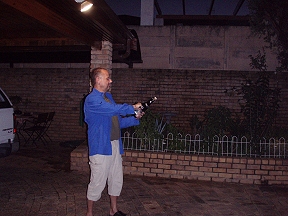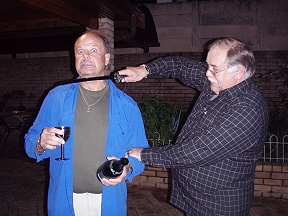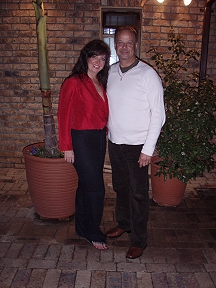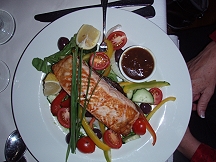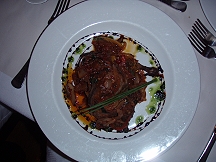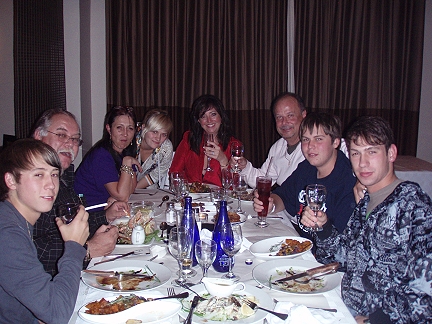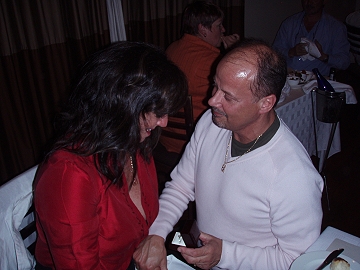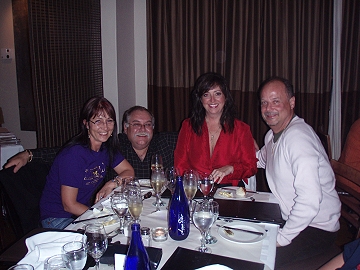 |
||||
|
Home | Our Dogs | About Us | Artwork | Recent Litters | Travelogues | Recent Wins | Family Pets |
||||
"South Africa"Capetown April 22-24, 2009On Wednesday, Chris took the day off
and with Inge in tow, we set off for the day. Our first stop was World
of Butterflies in which you could see thousands of butterflies in
a beautiful setting while monkeys and birds played in the trees overhead.
It was breathtaking.
On Thursday, we left bright and early
for one of South Africa's main attractions, "Robben Island".
From the 17th to the 20th centuries, Robben Island served as a place
of banishment, isolation and imprisonment. Today it is a World Heritage
Site and museum, a poignant reminder to the newly democratic South
Africa of the price paid for freedom. People lived on Robben Island
many thousands of years ago, when the sea channel between the Island
and the Cape mainland was not covered with water. Since the Dutch
settled at the Cape in the mid-1600s, Robben Island has been used
primarily as a prison. Indigenous African leaders, Muslim leaders
from the East Indies, Dutch and British soldiers and civilians, women,
and anti-apartheid activists, including South Africa's first democratic
President, Nelson Mandela and the founding leader of the Pan Africanist
Congress, Robert Sobukwe, were all imprisoned on the Island. It was
a training and defense station in World War II and a hospital for
people with leprosy, and the mentally and chronically ill. In the
1840s, Robben Island was chosen for a hospital because it was regarded
as both secure (isolating dangerous cases) and healthy (providing
a good environment for cure). During this time, political and common-law
prisoners were still kept on the Island. As there was no cure and
little effective treatment available for leprosy, mental illness and
other chronic illnesses in the 1800s, Robben Island was like a prison
for the hospital patients too.
After the Robben Island tour Wendy was
taken to Erna's favorite salon/spa where she was treated to having
her hair styled and a pampering pedicure. Richard and Erna busied
themselves shopping and came back to pick up Wendy in time for lunch.
A special dinner had been planned in a beautiful area for our last
night. The celebration began as Richard "sabred" a bottle
of champagne open by striking the corked end completely off using
a quick stroke of a sword. He was quite successful and we all toasted
the Aucamps for giving us the most memorable holiday with them. It
was then off to one of Chris' favorite restaurants, "Poplar"
which was nestled in amongst trees lit for the evening. Fountains,
statues and pools surrounded the dining area and the evening animals
could be heard in the distance. More champagne was served as we were
seated and it quickly became evident that something special was about
to happen. Sure enough, Richard brought Wendy to tears as he got on
one knee and proposed to her with a beautiful diamond solitaire which
he placed on her finger. WOW!! This was completely unexpected but
Richard explained that we were in "the land of the diamonds"
and it was an appropriate time. South Africa was already a very special
place to us but now it had become unforgettable.
|
||||
